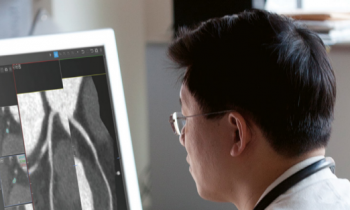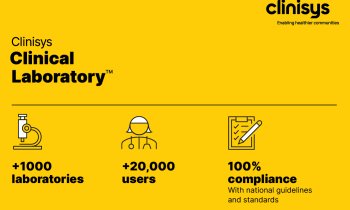Tracking drugs and assets
Germany - Jena University Hospital, based in Thuringia State, provides 1,375 beds and has over 4,000 employees, making it the largest employer in the region.
At over 200 years old, it is also one of the oldest hospitals, yet is classed as one of the most up-to-date institutes in Europe.

Among the hospital’s latest and forward-looking developments is the implementation of a new healthcare solution produced by the French company SAP AG. The firm reports that this system leverages SAP software and radio frequency identification (RFID) technology. ‘By applying RFID hardware infrastructure provided by Intel Solution Services – including port scanners, communication and radio devices and RFID tags – the hospital will extend its deployment of SAP NetWeaver, using the platform’s auto-ID infrastructure to identify, track and match medication accurately and in real-time, from the hospital’s pharmacy until they are administered to patients,’ SAP explains.
‘International studies reveal that approximately every 20th patient suffers an adverse drug effect, and about 55% of these cases could have been avoided,’ explained Dr Michael Hartmann, director of the pharmacy at the hospital and a member of the Council of Europe Committee of Experts on pharmaceutical issues. ‘We selected SAP technology to expand our existing SAP NetWeaver environment and to enable the innovative use of RFID.’ Using the resulting system, the hospital aims to reduce the risk of any dispensing errors. The passive RFID tags enable medication to be tracked in real-time from the hospital’s pharmacy to intensive care and individual patients.
Medication will be matched digitally to the individual patient by checking the reference codes on an RFID bracelet worn by the patient. Using handheld scanners, nurses can read those codes, link them to the patient data in the hospital’s IT system and gain instant access to the patient’s detailed information, displayed on a screen. In addition to improving treatment quality, the hospital expects that the RFID infrastructure will help to optimise logistics processes and enable demand-driven supply management, thus reducing the amount of capital locked up in the university pharmacy’s inventory. The new infrastructure will enable digital identification and immediate tracing of drugs down to the level of individual unit doses and also alert pharmacy staff as to the expiration dates of medication.
01.07.2006











